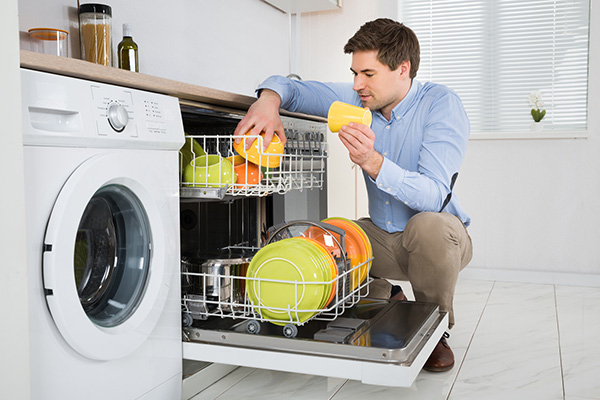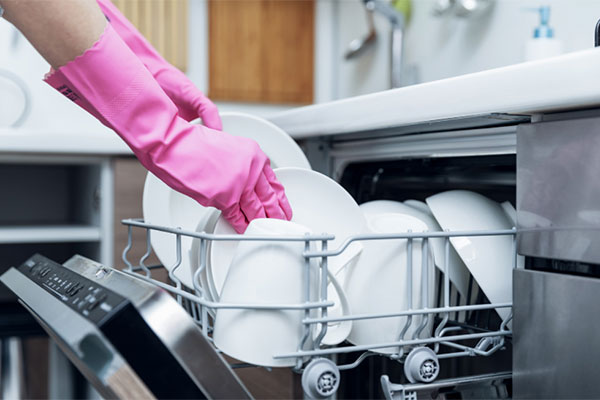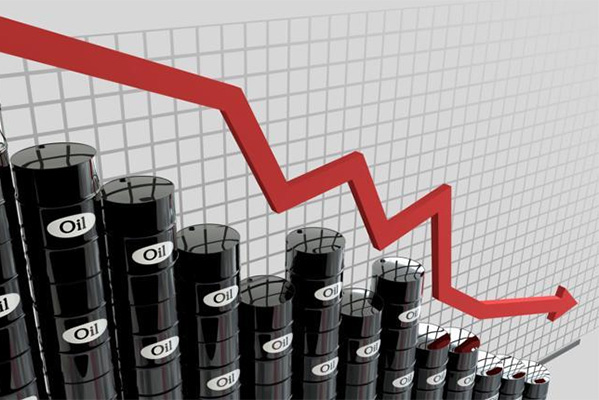“We asked Jessica Petrino, an appliance specialist with AJ Madison, an appliance retail store, to explain the difference between standard and sanitizing appliances. Petrino responded via email. Responses have been edited for length and clarity.
Q: How do regular appliances work vs. sanitizing appliances?
Petrino: Some appliances have a sanitize cycle. The best sanitation cycles meet the standards set by the National Sanitation Foundation. NSF-certified appliances (clothes washers, dryers and dishwashers) undergo testing to ensure that the appliances eliminate potentially harmful allergens, [some] microorganisms and bacteria. For washers, the wash water must reach 131 degrees and for dishwashers, the rinse temperature must reach 150 degrees. [Dishwashers have internal heaters to increase the water temperature and so do some washing machines.] Depending on the machine and its available cycles, dust mite allergens, feline dander, canine dander and birch pollen, a common cause of hay fever, may be reduced.”
Read more about sanitizing appliances here.
The people that benefit most from sanitizing appliances are those who suffer from severe allergies. Since viruses typically do not live on surfaces for an extended period of time, there isn’t a great potential for getting sick from dirty dishes. However, having the temperatures of your appliance rise to the level necessary to eliminate the risk gives that extra assurance.
Are you experiencing issues with your dishwasher? The team at Apple Valley Eagan Appliance are trained and equipped to tackle any malfunctioning issue. Call us at 952-953-0080 to learn how we can solve your appliance repair issue.




